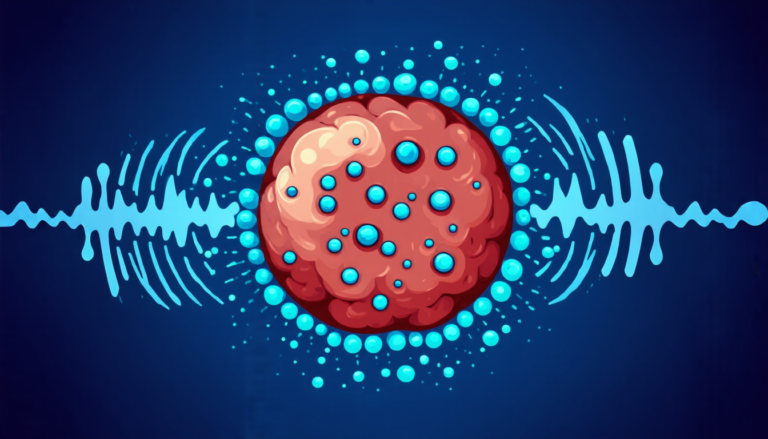Friday 21 March 2025
The art of representing complex mathematical concepts in a more tangible form has long been a pursuit of mathematicians and physicists alike. One such approach is the creation of diagrammatic categories, which can help to simplify the representation theory of certain groups. In recent years, researchers have made significant progress in this area, developing new methods for constructing these categories and exploring their properties.
At its core, the idea behind diagrammatic categories is to represent abstract mathematical objects as diagrams, rather than as algebraic expressions or equations. This can be particularly useful when dealing with complex systems that involve multiple components or interactions, where traditional algebraic approaches may become unwieldy. By visualizing these relationships and interactions through diagrams, researchers can gain a deeper understanding of the underlying structure and behavior of the system.
One such example is the Temperley-Lieb category, which has been used to study the properties of certain types of knots and links in mathematics. In this context, diagrammatic categories have proven to be a powerful tool for analyzing the topological properties of these geometric objects. By representing the algebraic structure of the knot or link as a diagram, researchers can use visual intuition to identify patterns and relationships that may not be immediately apparent through traditional algebraic methods.
In addition to their applications in pure mathematics, diagrammatic categories have also been shown to have potential connections to other areas of science and engineering. For example, researchers have explored the possibility of using these categories to model complex systems in physics, such as those involving quantum mechanics or relativity. Similarly, diagrammatic categories may have applications in computer science, where they could be used to develop more efficient algorithms for solving certain types of problems.
Despite their potential, however, diagrammatic categories are still a relatively new and developing area of research. As such, there is much work to be done in order to fully understand their properties and limitations, as well as to explore their applications in different fields. Nonetheless, the progress that has been made so far is promising, and it will be exciting to see where this field goes in the future.
Researchers have developed new methods for constructing diagrammatic categories and exploring their properties, which can help to simplify the representation theory of certain groups. By visualizing complex mathematical objects as diagrams, researchers can gain a deeper understanding of the underlying structure and behavior of these systems. The potential applications of diagrammatic categories are vast, from modeling complex physical systems to developing more efficient algorithms in computer science.
Cite this article: “Diagrammatic Categories: A New Approach to Representing Complex Mathematical Concepts”, The Science Archive, 2025.
Mathematics, Physics, Computer Science, Diagrammatic Categories, Representation Theory, Group Theory, Knots, Links, Quantum Mechanics, Relativity
Reference: Ryan Reynolds, “Diagrammatic Categories which arise from Representation Graphs” (2025).







